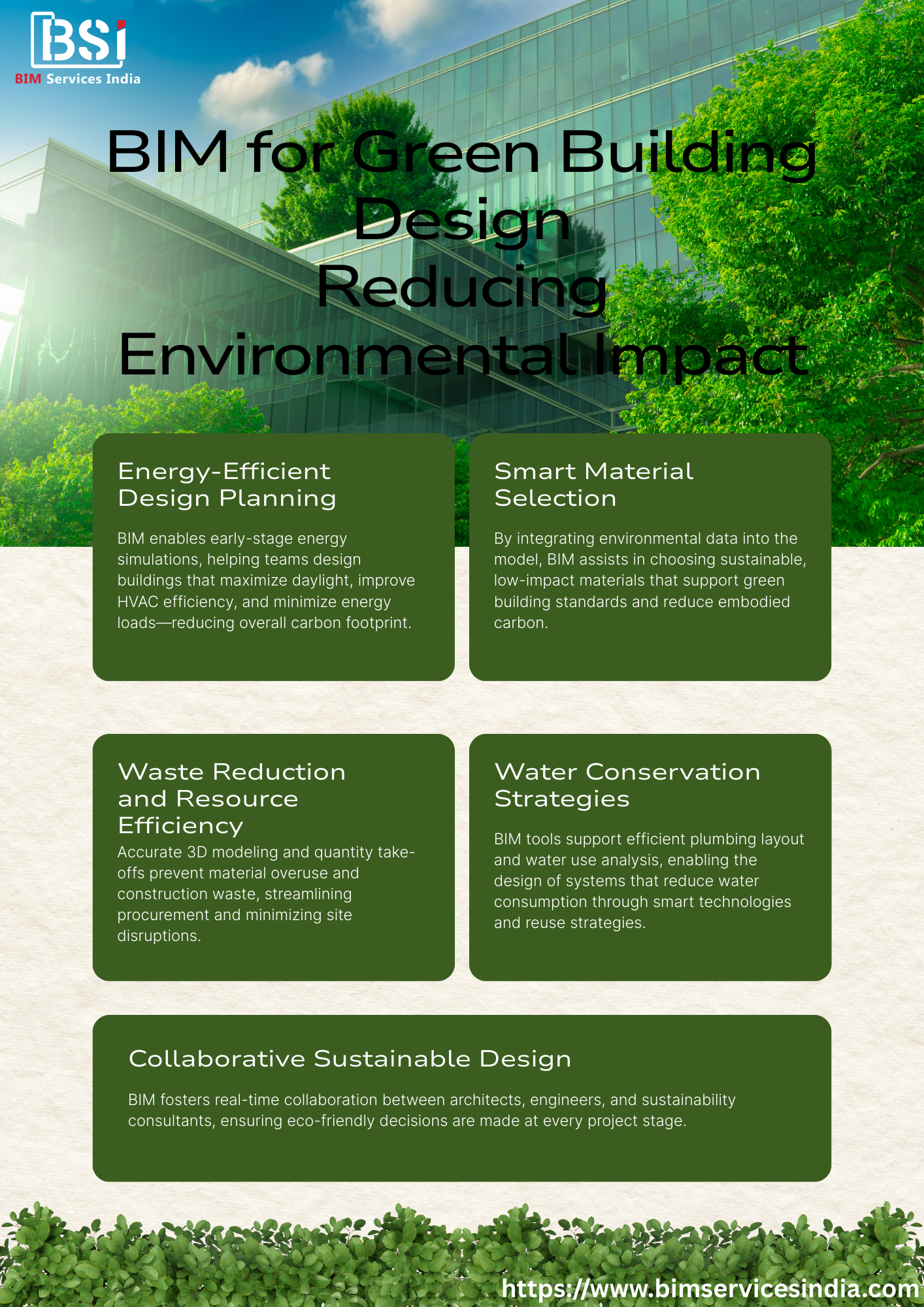Right Now
Building Information Modeling (BIM) plays a key role in designing environmentally responsible buildings. It helps architects and engineers plan energy-efficient layouts, choose sustainable materials, reduce construction waste, and optimize water usage. BIM also improves collaboration across project teams and supports certification for green building standards like LEED and IGBC. This approach not only reduces environmental impact but also lowers long-term operating costs and enhances building performance.
Sign In to leave a comment
More Posts
Map
BIM Services
Get DirectionsBIM Services
-
7044 S Fultondale Cir, Aurora
Denver, Colorado 80016
United States - +1 239 243 9806
Report This Post
Please complete the following requested information to flag this post and report abuse, or offensive content. Your report will be reviewed within 24 hours. We will take appropriate action as described in Findit terms of use.
Thank you. Your abuse report was sent.
















